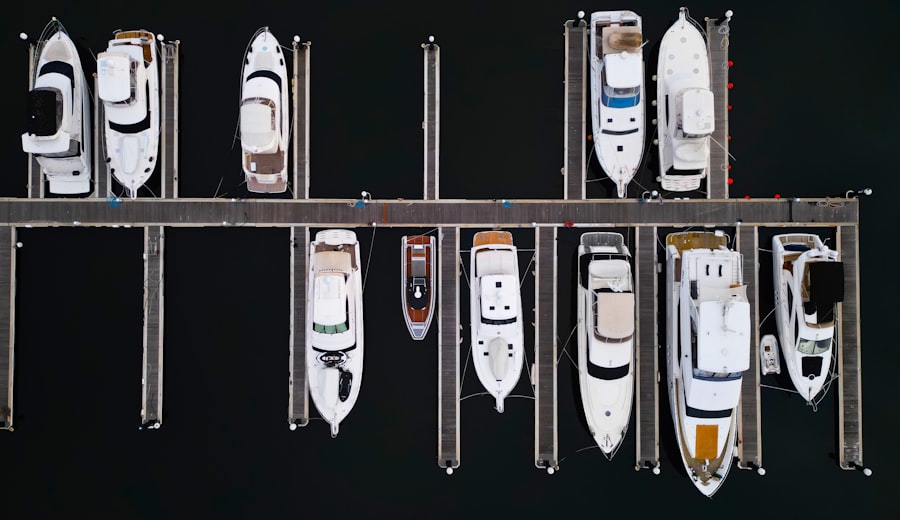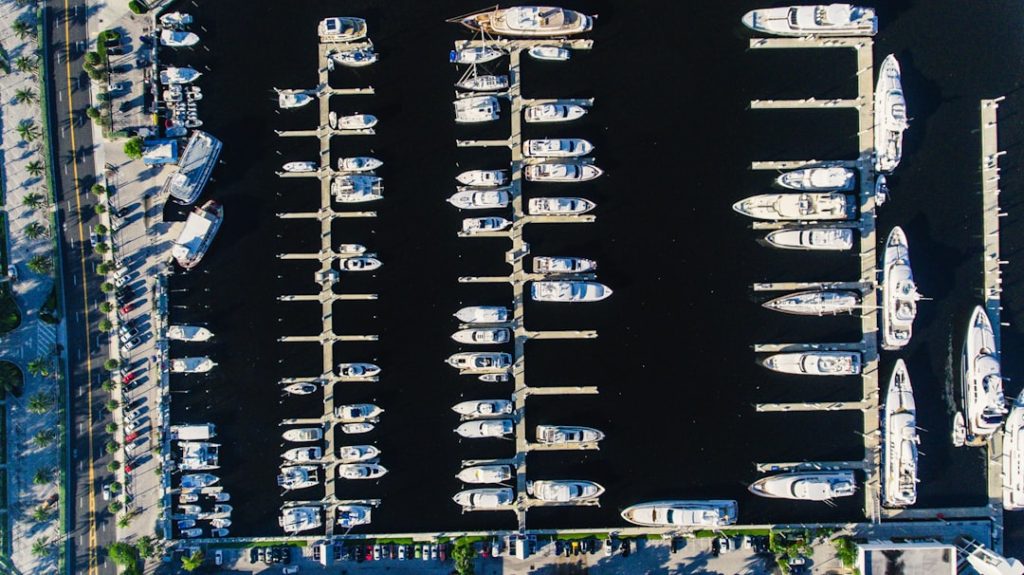Before embarking on the journey of boat ownership, it is crucial to first understand your specific boating needs. This involves a thorough assessment of how you intend to use the boat, the types of activities you plan to engage in, and the environments in which you will be operating. For instance, if you envision leisurely weekend outings with family and friends, a pontoon or a cabin cruiser might be ideal.
Conversely, if your aspirations lean towards fishing or water sports, a center console or a ski boat could be more suitable. Each type of boat serves distinct purposes, and recognizing your primary use will guide you toward the right choice. Additionally, consider the number of people you plan to accommodate on your boat.
A small fishing boat may suffice for solo trips or outings with one or two companions, but larger gatherings will necessitate a vessel with more space and amenities. Furthermore, think about the waters you will navigate. Will you be cruising on calm lakes, venturing into coastal waters, or tackling rougher seas?
Each environment presents unique challenges and requirements for boat design and construction. By clearly defining your boating needs, you can streamline your search and ensure that your investment aligns with your lifestyle.
Key Takeaways
- Understand your boating needs before purchasing a boat to ensure it meets your specific requirements.
- Explore different types of boats to find the one that best suits your needs, whether it’s a fishing boat, sailboat, or yacht.
- Consider factors such as size, intended use, and maintenance costs when buying a boat to make an informed decision.
- Find boats for sale through online marketplaces, boat dealerships, and boat shows to compare options and prices.
- Budget for your dream boat by considering not only the purchase price, but also ongoing expenses such as maintenance, storage, and insurance.
Exploring Different Types of Boats
The world of boating is vast and varied, encompassing a wide range of vessel types, each designed for specific activities and conditions. Among the most popular categories are powerboats and sailboats. Powerboats, which include everything from small runabouts to large yachts, are favored for their speed and ease of use.
They are ideal for those who prioritize quick getaways and convenience. On the other hand, sailboats offer a more traditional experience, relying on wind power for propulsion. They appeal to those who appreciate the art of sailing and the tranquility it brings.
Within these broad categories, there are numerous subtypes to consider. For example, fishing enthusiasts might gravitate towards bass boats or offshore fishing vessels equipped with specialized features like rod holders and live wells. Families seeking recreational fun may opt for deck boats or bowriders that provide ample seating and storage for gear.
Additionally, inflatable boats have gained popularity for their portability and versatility, making them suitable for various activities from fishing to leisure cruising. Understanding the nuances of each type will help you make an informed decision that aligns with your boating aspirations.
Factors to Consider When Buying a Boat

When it comes to purchasing a boat, several critical factors must be taken into account to ensure a satisfactory investment. One of the foremost considerations is the size of the boat. Larger vessels can accommodate more passengers and provide additional amenities but often come with higher maintenance costs and require more substantial storage space.
Conversely, smaller boats are generally easier to handle and maintain but may limit your activities and passenger capacity. Assessing your needs against these size considerations is essential for making an informed choice. Another significant factor is the type of propulsion system—whether you prefer an outboard motor, inboard motor, or even a sail rig.
Outboard motors are popular for their ease of maintenance and versatility, while inboard motors offer better performance in larger vessels. Sailboats require a different skill set altogether, as they depend on wind conditions and sailing techniques. Additionally, consider the boat’s construction material; fiberglass boats are known for their durability and low maintenance, while aluminum boats are lightweight and resistant to corrosion.
Each option has its pros and cons, so weighing these factors against your intended use will help narrow down your choices.
Where to Find Boats for Sale
| Platform | Availability | Price Range |
|---|---|---|
| Boat Trader | Online | Varies |
| YachtWorld | Online | Varies |
| Boat Shows | In-person | Varies |
| Local Dealers | In-person | Varies |
Finding the right boat for sale can be an exciting yet daunting task. There are numerous avenues to explore when searching for your ideal vessel. One of the most traditional methods is visiting local boat dealerships, where you can view new models and receive expert advice from sales representatives.
These dealerships often have a range of options available and may offer financing plans that can make your purchase more manageable. Online marketplaces have revolutionized the way people buy boats, providing access to a vast array of listings from private sellers and dealers alike. Websites such as Boat Trader, YachtWorld, and Craigslist allow potential buyers to filter their searches based on criteria like price range, location, and type of boat.
Social media platforms also play a role in modern boat sales; many enthusiasts share listings in dedicated groups or forums where buyers can connect directly with sellers. Attending boat shows is another excellent way to explore various models in person while networking with industry professionals who can provide valuable insights.
Budgeting for Your Dream Boat
Establishing a budget is one of the most critical steps in the boat-buying process. The cost of a boat can vary significantly based on its type, size, age, and condition. New boats typically come with a higher price tag but may include warranties and modern features that justify the investment.
Used boats can offer substantial savings but may require additional funds for repairs or upgrades. It’s essential to conduct thorough research on market prices for the specific type of boat you’re interested in to set realistic expectations. Beyond the initial purchase price, consider ongoing costs associated with boat ownership.
These include insurance premiums, docking fees, maintenance expenses, fuel costs, and potential upgrades or modifications over time. Many new boat owners underestimate these recurring expenses, which can add up quickly. Creating a comprehensive budget that accounts for both initial costs and ongoing expenses will help ensure that your dream of boat ownership remains sustainable in the long run.
Inspecting and Evaluating Used Boats

When considering a used boat purchase, conducting a thorough inspection is paramount to avoid costly surprises down the line. Start by examining the hull for any signs of damage or wear, such as cracks or blisters that could indicate underlying issues. Pay close attention to the condition of the engine; ask for maintenance records to verify that it has been well cared for.
A marine surveyor can provide an expert evaluation if you’re unsure about assessing these aspects yourself. In addition to physical inspections, it’s wise to take the boat out on the water if possible. This allows you to test its performance firsthand—check how it handles at various speeds and whether there are any unusual noises or vibrations during operation.
Evaluate all onboard systems such as electronics, plumbing, and safety equipment to ensure they function correctly. A comprehensive evaluation will give you confidence in your purchase decision and help you negotiate effectively if any issues arise during inspections.
Negotiating the Purchase of Your Boat
Negotiation is an integral part of buying a boat, especially when dealing with used vessels where prices can be more flexible than new models. Start by doing your homework; research comparable boats in similar condition to establish a fair market value. This knowledge will empower you during negotiations and help you make a compelling case if you believe the asking price is too high.
When entering negotiations, approach the seller respectfully but assertively. Begin by expressing genuine interest in the boat while highlighting any concerns discovered during your inspection that may warrant a lower price. Be prepared to walk away if negotiations do not meet your expectations; this demonstrates that you are serious about finding a fair deal without being overly attached to one particular vessel.
Ultimately, successful negotiation hinges on clear communication and mutual respect between buyer and seller.
Finalizing the Sale and Preparing for Ownership
Once you’ve successfully negotiated a price that works for both parties, it’s time to finalize the sale. This process typically involves signing a purchase agreement that outlines all terms discussed during negotiations, including any contingencies related to inspections or financing arrangements. Ensure that all necessary paperwork is completed accurately; this includes titles, registration documents, and any warranties that may apply.
After finalizing the sale, preparing for ownership involves several key steps to ensure a smooth transition into boating life. First, familiarize yourself with local regulations regarding boating licenses and safety equipment requirements; compliance is essential for safe operation on the water. Additionally, consider joining local boating clubs or organizations where you can connect with fellow enthusiasts who can offer support and advice as you embark on your new adventure.
Investing time in education—whether through courses on navigation or safety—will enhance your experience as a boat owner and help you make the most of your time on the water.


